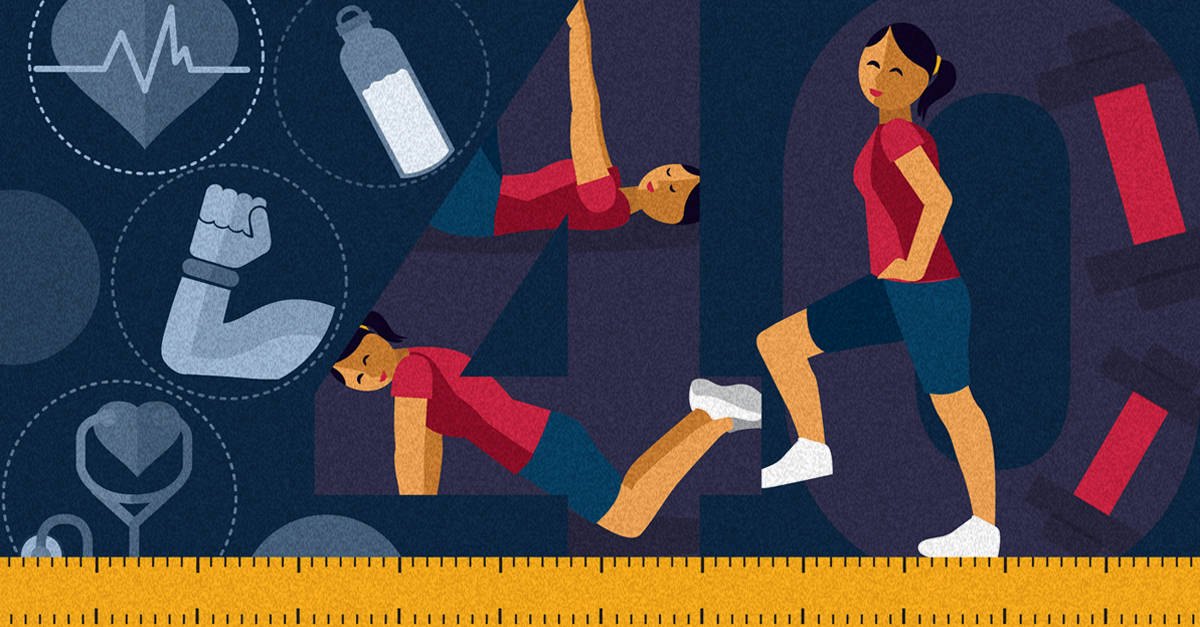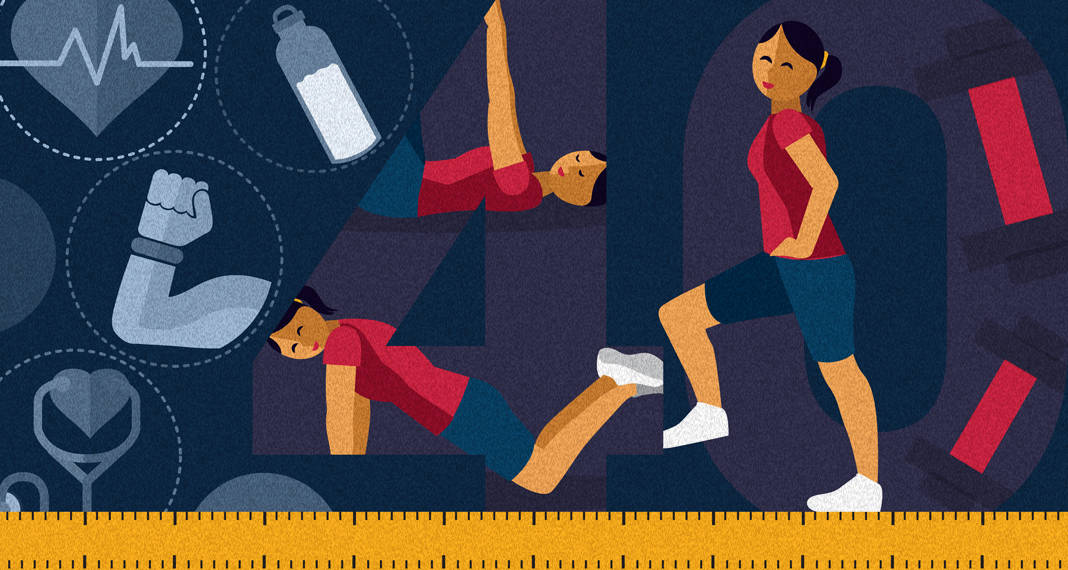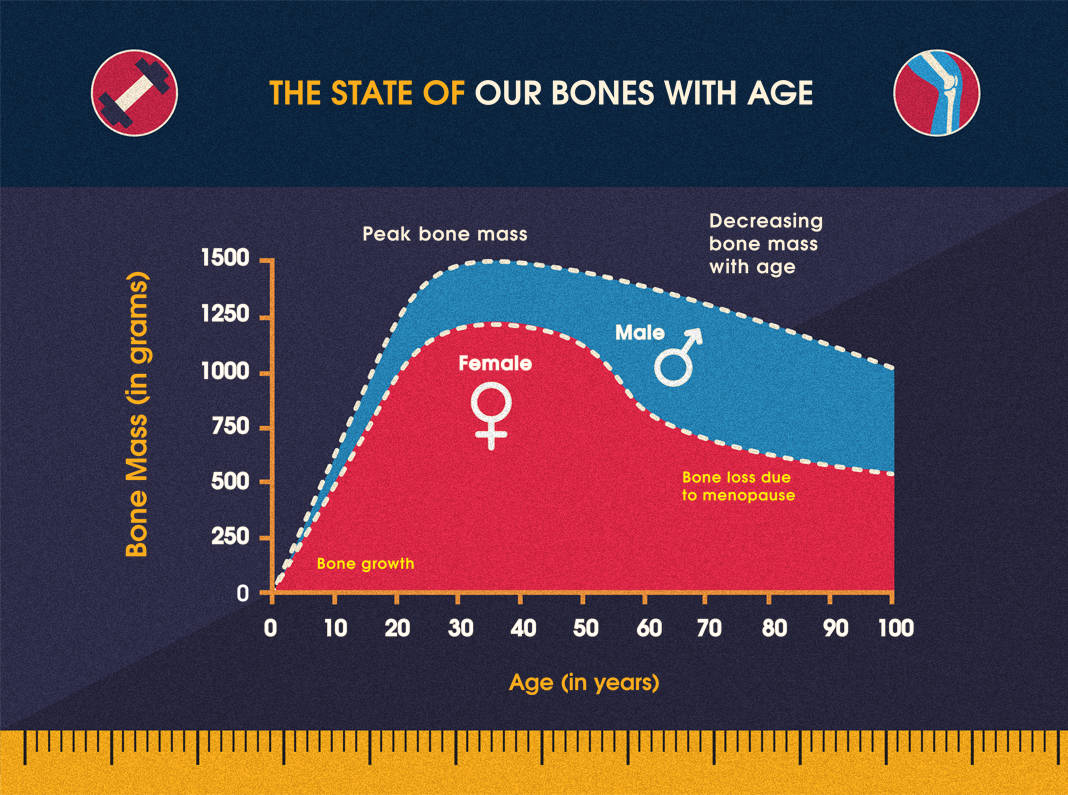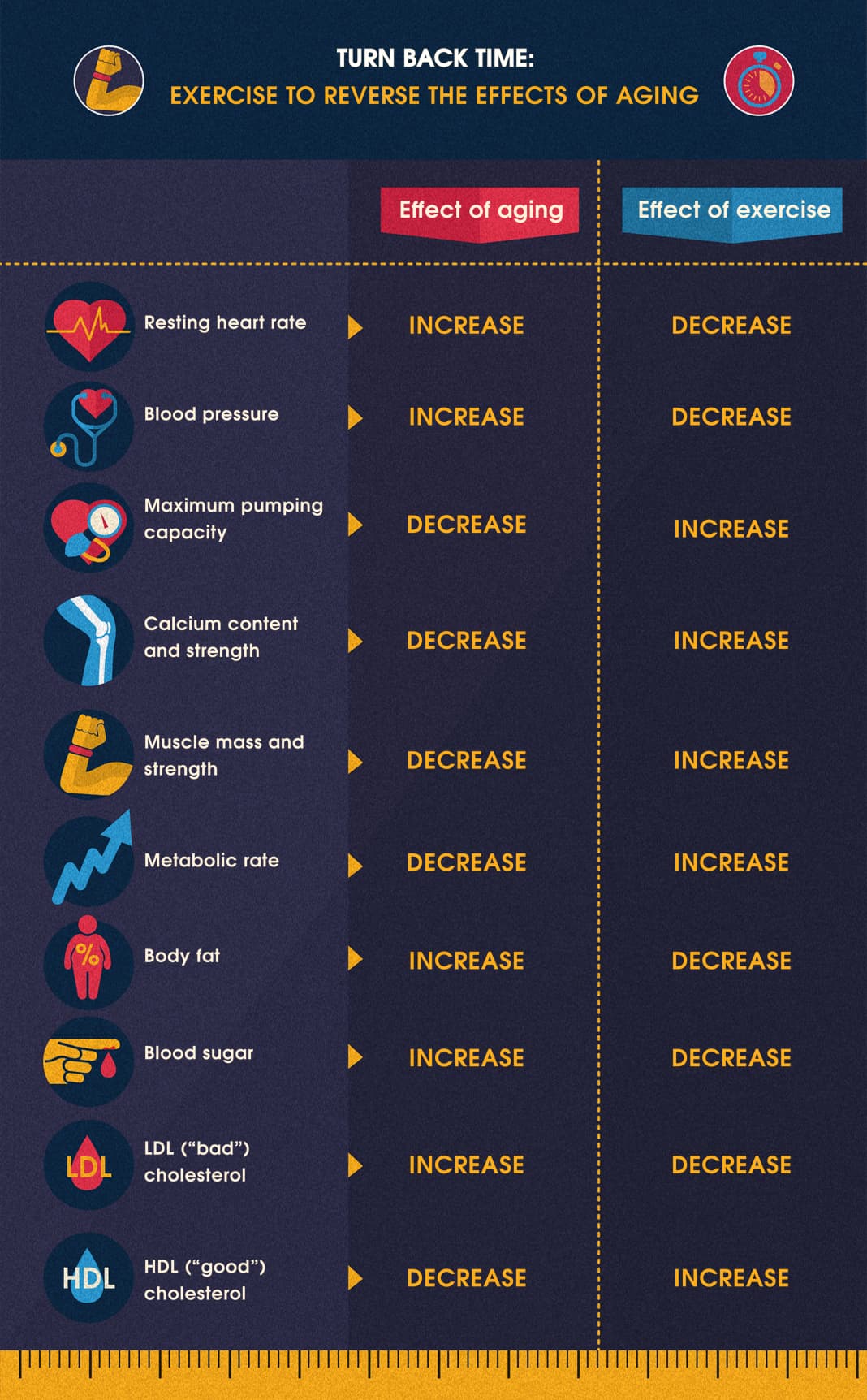The Role of Exercise as We Age
Age is more than a number, especially when it comes to wellness. After 40, exercise is one of the greatest allies in the battle against age-related disease. It’s never too late to plan your fitness future. The sooner you begin, the healthier and more vibrant you will be well into your retirement years.
Though you may not be chasing the sculpted muscles of your 20s, staying strong and active in your 40s and beyond is an important key to staving off disease and slowing down the aging process. Think of fitness as an investment in your future. A healthy and active lifestyle can allow for more independence later in life, reduce healthcare costs, and decrease the risk of chronic illness brought on by a sedentary lifestyle.
The future depends on actions taken today, so it’s crucial to take time for activity and fitness now. Find out what’s really going on with your body as you reach 40 and get the action plan that will slow down the process.
The Truth About 40-Something
Whether you’re an old gym pro, a weekend warrior, or you are finally stepping away from the couch after a 10-year hiatus, after 40 the body responds differently to exercise. Recovery doesn’t come as easily, movement slows down, and energy is harder to come by.
Perhaps, along with those post-exercise aches and pains, you may have heard, “Take it easy, you’re not a kid anymore.” Even if you’ve maintained a regularly active lifestyle throughout adult life into middle age, these changes are apparent. So, what is the deal? Hitting a new decade may feel like the tides are changing, but 40 is a different wave altogether.
Your Body After 40: The Havoc of Hormones, Wear, and Tear
Hormones
Estrogen decline, which begins for women in their 40s, is the leading cause of many aging symptoms women experience. At this time, fertility decreases and women may experience irregular periods, which eventually leads to menopause.
As men age, natural testosterone levels decline. Men experience many of the same issues related to muscle loss and weight gain (namely belly fat) that women do with these hormone fluctuations. Additionally, men experience a rise in SHBG (sex hormone binding globulin), which leaves less free testosterone to bind with protein, and also a rise in estrogen.
Bone loss
Healthy bone thrives when old bone is absorbed and new bone is created. Bone loss occurs when the body reabsorbs calcium and phosphate from the bones and does not replace it. Estrogen decline is one cause of bone loss, but not eating enough calcium-rich foods or the inability to absorb calcium are two other factors.
Sleep habit changes
Insomnia is a common symptom when transitioning into menopause. Poor sleep quality can affect daily energy and mood, which leads to a vicious cycle. Lack of sleep may not only be caused by the imbalance of estrogen and progesterone, but also by chronic elevated cortisol. Cortisol is a hormone designed to help us handle stress, but constantly elevated cortisol can lead to health issues, including a disrupted restorative REM sleep period.
Belly fat
Many women who never had belly fat issues experience a little pouch after the age of 40, which is also due to the changes in estrogen and possible chronically elevated cortisol levels[i]. Men also experience weight gain and increased belly fat as testosterone levels decrease.
Muscle loss
In your 40s the pace of muscle loss begins to surpass muscle gain, and it increases even more so into your 50s, a condition known as sarcopenia. Age-related muscle loss extends beyond looking lean and toned, and can lead to issues with everyday mobility as you age.
Excessive wear and tear
Not only does the body take longer to recover in your 40s, but the effects of cartilage deterioration set in as well. Cartilage is the natural cushion that protects the joints and absorbs energy during movement. As this wears away, pain may radiate where it didn’t exist before.
Busting the Aging Myth
Though aging is a process commonly thought of as inevitable, lack of exercise and proper nutrition are the leading causes of the physical decline associated with getting older. Respectively, aging is the product of becoming less active—not the other way around. Aging isn’t what forces us to slow down and take it easy, but the fact that once we finish school and move into a career, family, and busy life we tend to spend less time taking care of our health.
The good news: It’s never too late to get started ,and with a little bit of effort and planning, a functionally fit life is possible for years to come. Even better, remaining active into your 40s allows for adjustments as you get older.
The Fit After 40 Action Plan
Resistance training
Strength training exercises are an essential part of each fitness plan. One theory for muscle and bone loss has to do with oxidative stress, a condition in which antioxidant levels are lower than normal. Resistance training has been shown to lower markers of oxidative stress and increase antioxidant levels. One study tested this theory and discovered strength training in older adults can not only slow, but can actually reverse the aging process. Whether using body weight or weight equipment, building stronger muscles results in stronger bones, a better cardiovascular system, and improved overall health.
Cardiovascular exercise
A brisk daily walk can improve blood pressure, increase heart and lung capacity, raise good cholesterol, and normalize insulin levels. Cardio exercise offers a host of great health that will reduce the signs of aging. You don’t have to train for a marathon to experience these improvements. A simple 15 minutes a day can get you on the right path toward better health.
Recovery
With age, resting metabolism decreases, which means the body demands more energy to recover. This happens in part because of muscle loss and fat increase, and can also be attributed to reduction in cellular metabolism (meaning your cells slow down, too). In addition, as hormone profiles change they do not respond to exercise recovery as readily as they used to. This makes recovery an important key to success. It may take more days in between heavy bouts of exercise, or less exertion during an exercise session. Proper sleep and hydration are also keys to keep joint and muscle pain at bay.
Nutrition
As mentioned previously, body composition changes with age (bone and muscle loss, more fat prevalence), so a balanced diet is key to slowing this process. Protein-rich foods including fish, legumes, poultry, and whole grains can help maintain muscle and bone health. Calcium is also essential for bone health, and foods high in fiber help protect the heart.
6 Anti-Aging At-Home Exercises
Hip Bridge
Lie face up with knees bent so feet are flat on the floor. Raise hips off the floor toward the ceiling, keeping the core braced and knees aligned. Squeeze the glutes in top position and lower down so torso hovers above the floor. Complete 10-15 repetitions.
Kneeling Push-Up
From a plank position facing the floor, drop the knees so they are resting on the mat. Align hands directly under the elbows. Brace the core and lower to the floor, tracking elbows back and behind the body. Touch the chest to the floor and push back up to start position. Complete 5-10 reps.
Deadbug
Lie on the back with arms stretched out overhead, and hips and knees bent 90 degrees. Lower the right arm toward the floor behind the head while lowering and straightening the left leg toward the floor. Return to start position and repeat on the other side. Continue for a total of 8-12 reps on each side.
Step-Up
Using an aerobic bench or stair, step onto the platform with the right foot (paying careful attention to keep the knee perpendicular to the floor). Tap the left foot onto the step and lower back down. Complete 10-12 repetitions on both sides.
Side Clamshell
Lie on one side with both knees bent to a 90-degree angle and hips flexed. Keep the heels together and pull the top knee away from the bottom knee toward the ceiling with a hip abduction. Return to starting position. Complete 10-15 repetitions on each side.
Seated Knee Tuck
Sit on the edge of a chair with the hands placed at the sides of the chair and legs stretched out in front. Elevate the feet above the ground and pull your knees toward the chest. Exhale as the knees pull in so the abdominal muscles tighten. Return to starting position and complete 8-12 repetitions.





